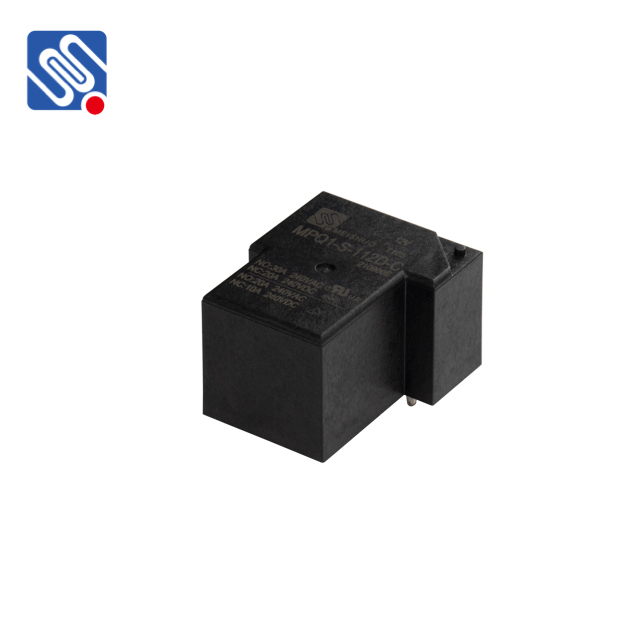A 12V DC relay is a versatile and essential component used in electrical circuits for controlling high-power devices through low-power control signals. Relays, in general, are electromagnetically operated switches that allow a low-power electrical signal to control a higher power circuit. The 12V DC relay is particularly significant in automotive, industrial, and home automation systems due to its efficiency and ease of use. In this article, we will explore the working principles, applications, and benefits of 12V DC relays, and discuss why they are crucial in various electronic devices.

What is a 12V DC Relay? At its core, a 12V DC relay consists of a coil, a set of contacts, and an armature that is activated by the electromagnetic field generated when current flows through the coil. When a 12V DC voltage is applied to the relay’s coil, it creates a magnetic field that pulls the armature, either opening or closing the contacts, depending on the relay’s design. This action allows the relay to either complete or break the connection of a higher voltage circuit, thus enabling or disabling a device or system. The 12V DC relay is designed to operate using a 12-volt DC power supply, which is commonly found in automotive applications. This is because many vehicles operate on a 12V electrical system, and relays make it possible to control circuits within these systems without needing to handle high-current switches directly. The small size and affordability of these relays make them an attractive option for engineers and designers looking to control high-power devices safely and reliably.